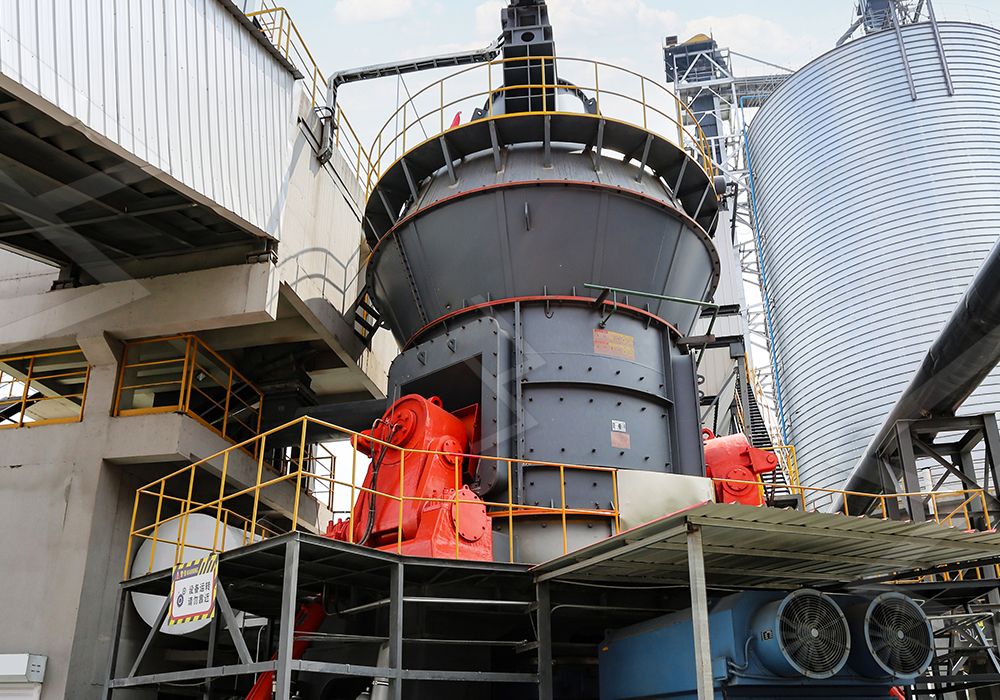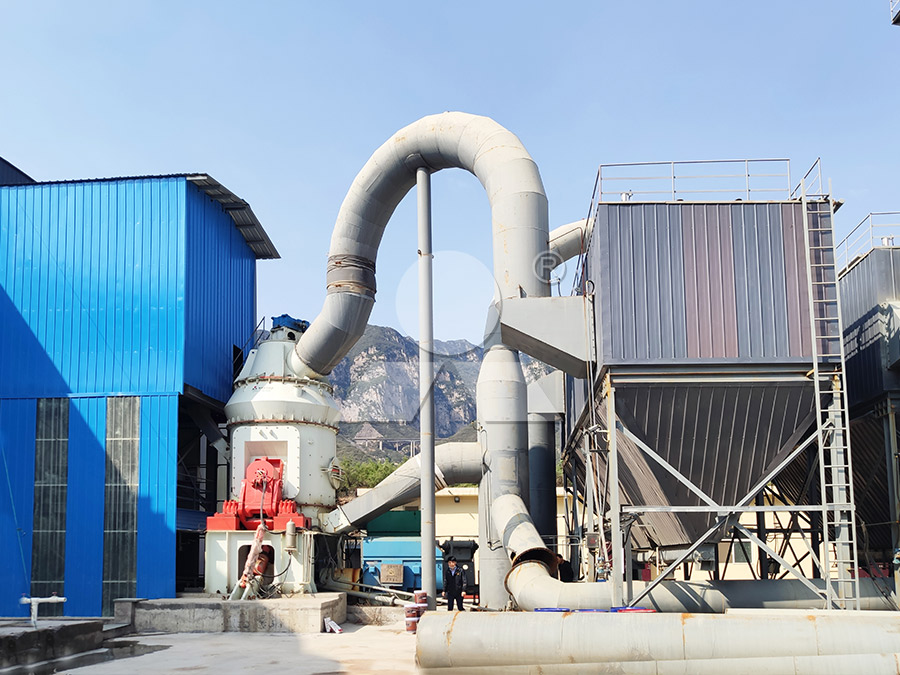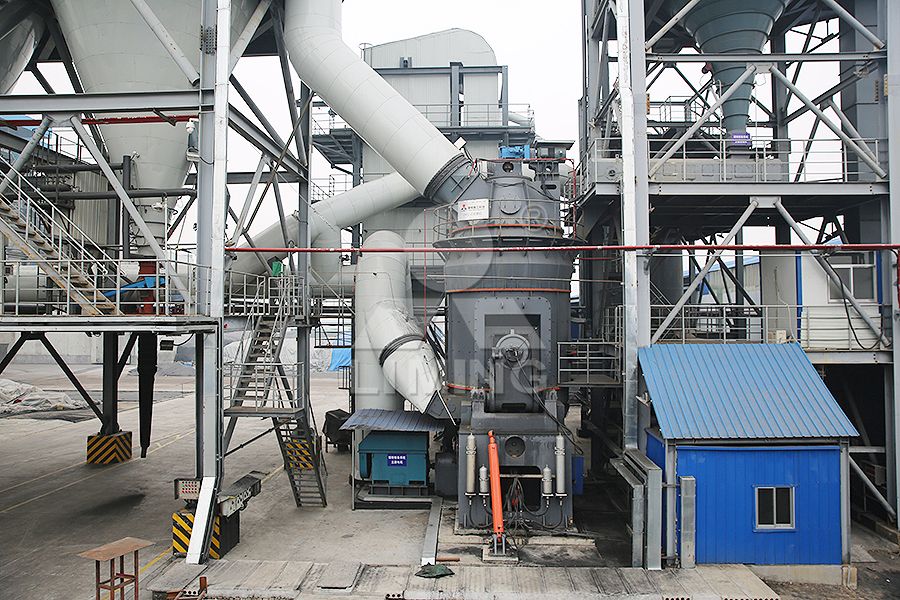Vertical Slag Grinding Mill: Efficient Processing for Industrial Byproducts
Transforming Industrial Waste into Valuable Resources
In today’s industrial landscape, the efficient management of byproducts has become paramount for sustainable operations. Slag, a common industrial residue from metal smelting and refining processes, presents both an environmental challenge and an economic opportunity. Modern vertical slag grinding mills have emerged as the technological solution that transforms this waste stream into valuable construction materials, contributing to circular economy principles while reducing environmental impact.

The Technical Evolution of Slag Processing
Traditional grinding methods often proved inefficient for slag processing, characterized by high energy consumption, significant wear on components, and inconsistent product quality. The development of specialized vertical grinding mills has revolutionized this field, offering integrated solutions that combine drying, grinding, powder selection, and conveying in a single, compact system. These advanced mills handle input sizes ranging from 38-65mm with capacities reaching 100 tons per hour, making them suitable for large-scale industrial applications.
Among the standout solutions in this category, the LM Vertical Slag Mill demonstrates exceptional performance characteristics. This specialized equipment integrates multiple processes into a unified system, reducing the covered area by approximately 50% compared to traditional ball milling systems while cutting energy consumption by 30-40%. The mill’s unique grinding device achieves the integration of grinding and powder selection, specifically optimized for slag milling applications in cement production, concrete manufacturing, and steel plant operations.
Operational Advantages in Industrial Settings
The vertical configuration of modern slag mills offers numerous practical benefits. The negative-pressure air-sweep design ensures dust-free operation while the hot air inlet simultaneously dries and grinds the material. This dual functionality eliminates the need for separate drying equipment, streamlining the production process and reducing capital investment. The system’s ability to handle varying moisture content and particle size distribution makes it exceptionally versatile for different slag types and production requirements.

For operations requiring ultra-fine powder production, the MW Ultrafine Grinding Mill presents an excellent alternative. With an input size capability of 0-20mm and capacity ranging from 0.5-25 tph, this machine excels in producing powders with fineness between 325-2500 meshes. Its innovative design features higher yielding with lower energy consumption, achieving production capacity 40% higher than jet grinding mills and twice that of ball grinding mills, while consuming only 30% of the energy of jet grinding systems.
Environmental and Economic Benefits
The environmental credentials of modern vertical slag mills extend beyond waste reduction. These systems operate under negative pressure with efficient pulse dust collectors, ensuring no dust pollution during operation. Advanced noise reduction technologies, including silencers and noise elimination rooms, maintain workplace comfort while meeting stringent environmental standards. The transformation of slag into valuable construction materials not only reduces landfill requirements but also decreases the demand for virgin raw materials, creating a genuinely sustainable industrial process.
From an economic perspective, the advantages are equally compelling. The compact design reduces infrastructure requirements, while the integrated process flow lowers operational complexity. High-quality wear-resistant materials extend component life, reducing maintenance frequency and costs. The consistent product quality achieved through advanced control systems ensures reliable performance in downstream applications, particularly in cement and concrete production where consistency directly impacts final product quality.

Frequently Asked Questions
What makes vertical slag mills more efficient than traditional grinding systems?
Vertical slag mills integrate multiple processes—drying, grinding, powder selection, and conveying—into a single compact system. This integration reduces energy consumption by 30-40% and floor space requirements by approximately 50% compared to traditional ball milling systems.
Can vertical slag mills handle different types of slag with varying moisture content?
Yes, modern vertical slag mills are designed with negative-pressure air-sweep systems that simultaneously dry and grind materials. This allows them to effectively process various slag types with different moisture contents without requiring separate drying equipment.
What particle size range can be achieved with advanced slag grinding mills?
Depending on the specific mill technology, particle sizes ranging from coarse aggregates to ultra-fine powders (325-2500 meshes) can be achieved. The MW Ultrafine Grinding Mill, for instance, can produce powders with screening rates achieving d97≤5μm in a single pass.
How do these systems contribute to environmental sustainability?
Vertical slag mills transform industrial waste into valuable construction materials, reducing landfill requirements and virgin material consumption. They operate with efficient dust collection systems and noise reduction technologies, meeting stringent environmental standards while promoting circular economy principles.
What maintenance advantages do modern slag grinding mills offer?
Advanced designs feature reversible structures that allow easy access to grinding components, high-quality wear-resistant materials that extend service life, and external lubrication systems that enable maintenance without shutdown. These features significantly reduce operational downtime and maintenance costs.
